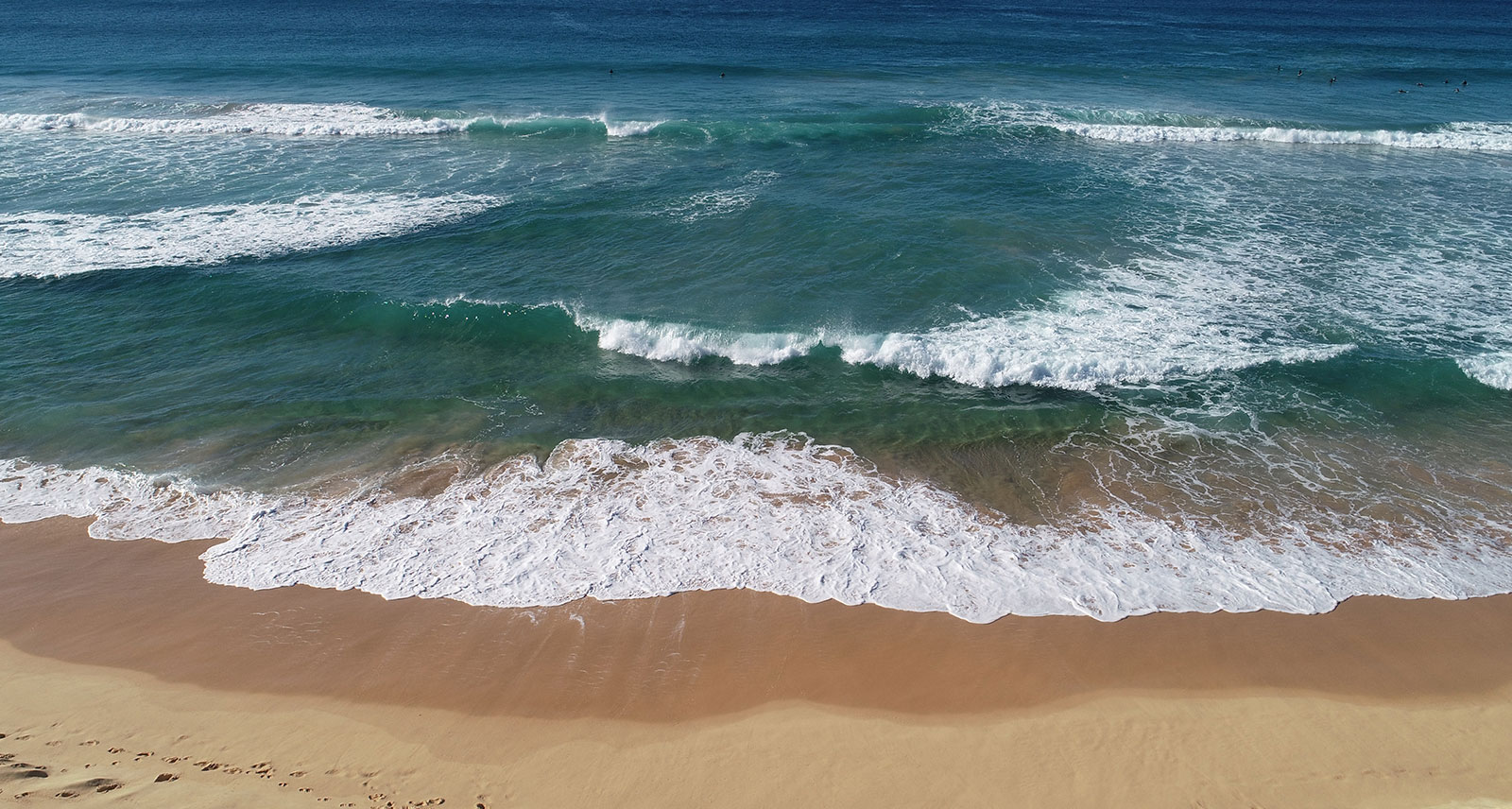Beach & Coastal Safety Resource Hub
The hub has been developed to help equip all communities with the confidence, knowledge, resources and tools to prevent drownings and create safe, fun, welcoming and enjoyable coastal experiences.
Rips are complex, can quickly change shape and location, and at times, are difficult to see. The things to look for are;
Rips don’t always show all of these signs at once. Sometimes it can be easier to look for where the waves are breaking consistently, and then look to each side where they don’t break consistently. Those areas are rip currents.
The above video is also available with the following subtitles: Arabic | Chinese Simplified | Chinese Traditional | Hindi | Japanese | Korean | Malay

The above video is also available with the following subtitles: Arabic | Chinese Simplified | Chinese Traditional | Hindi | Japanese | Korean | Malay
Learn more about rip currents on our Beach & Coastal Safety Resource Hub.
We’re drawing the line on rips to make you stop and think before getting in the water.
STOP to check for rips.
LOOK for other dangers.
PLAN how to stay safe.